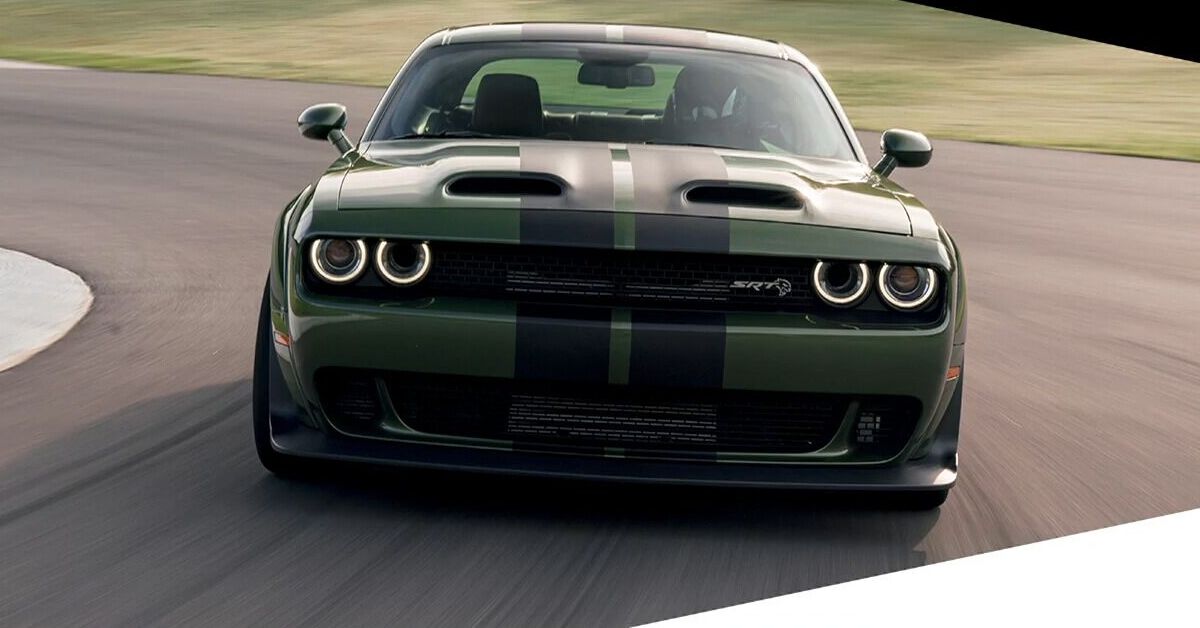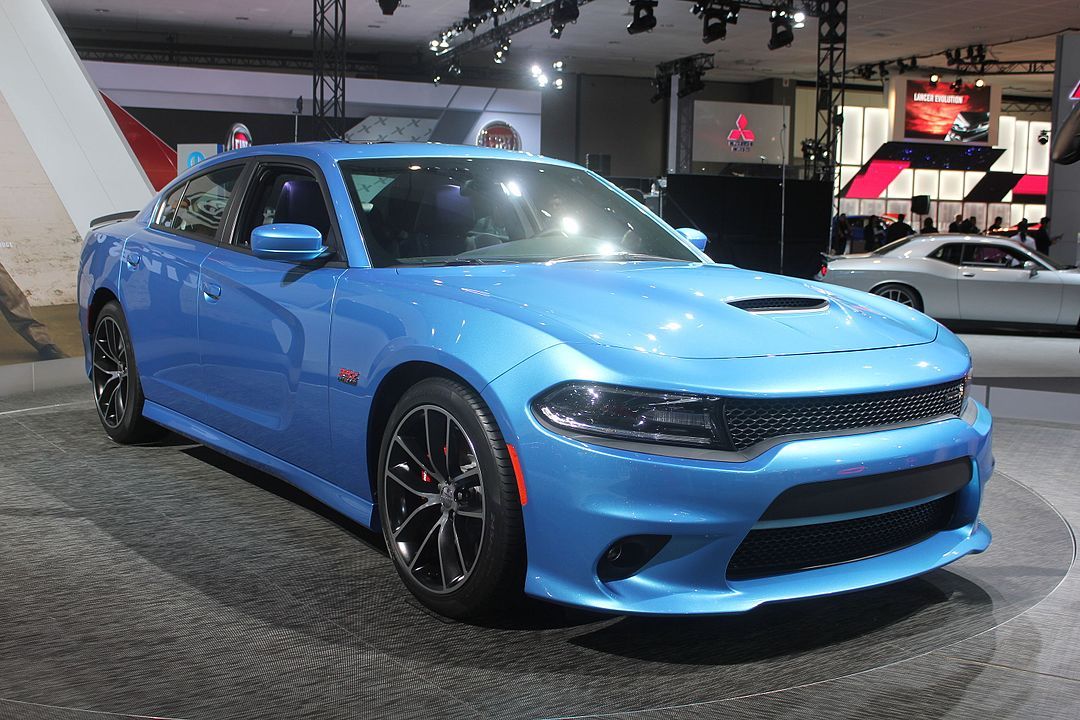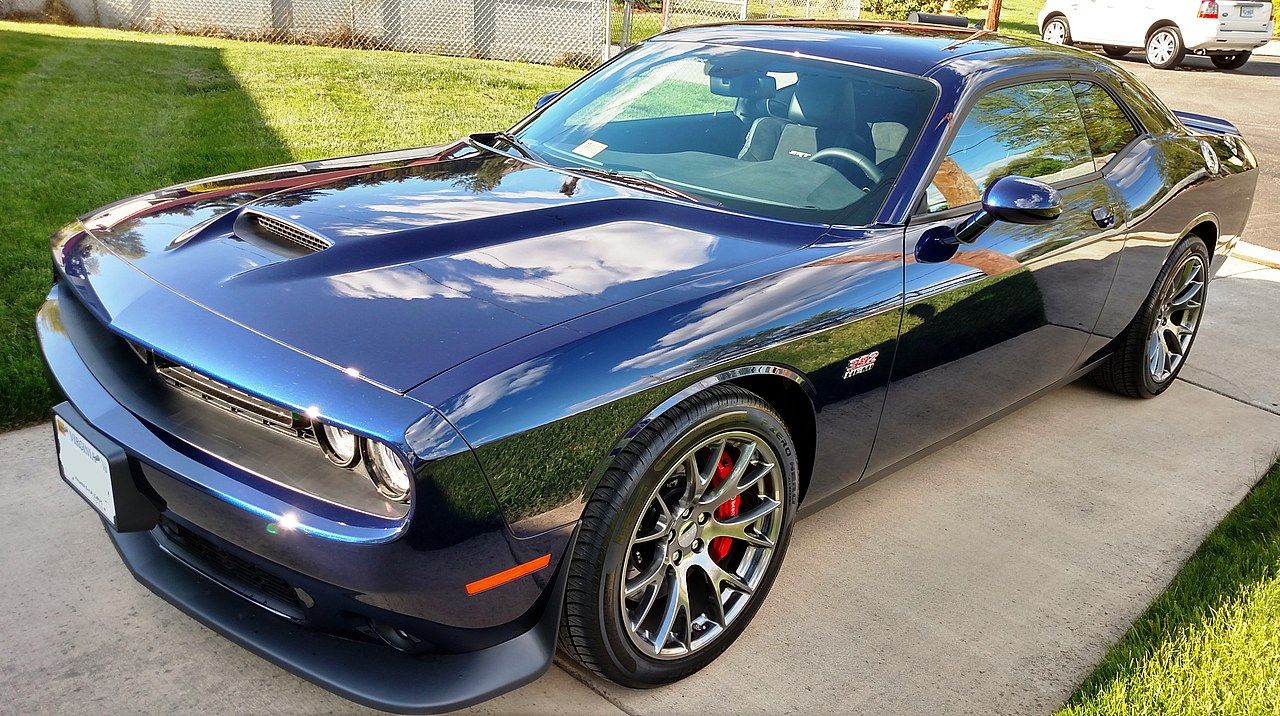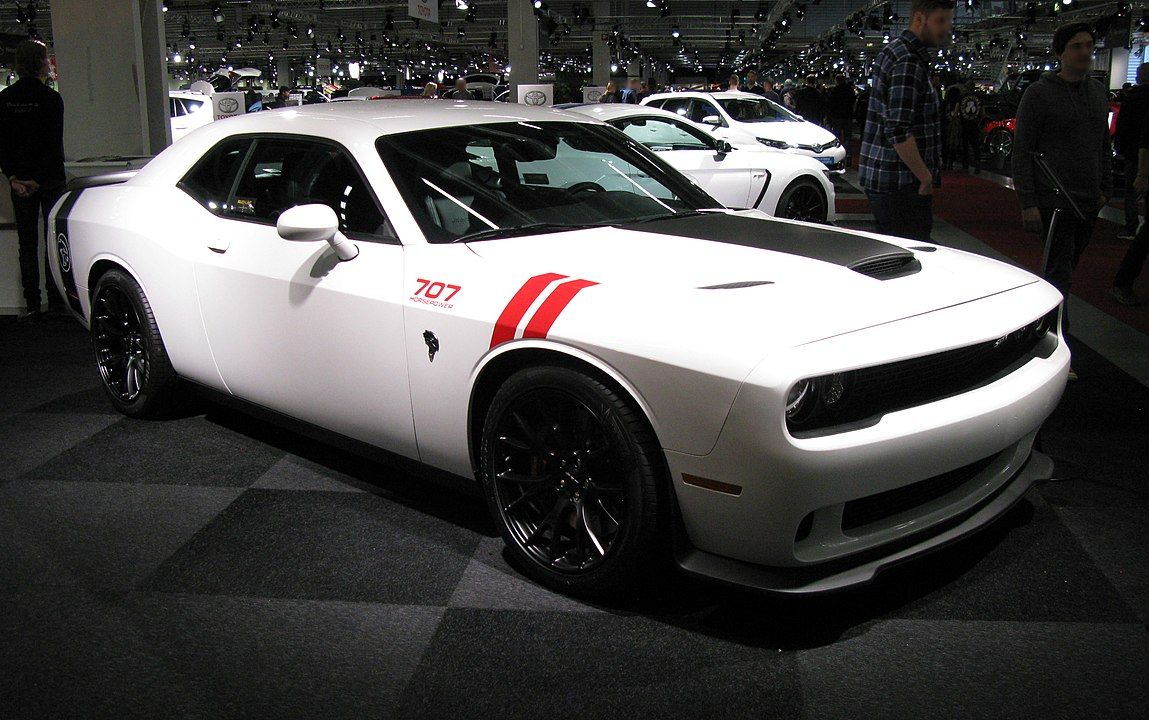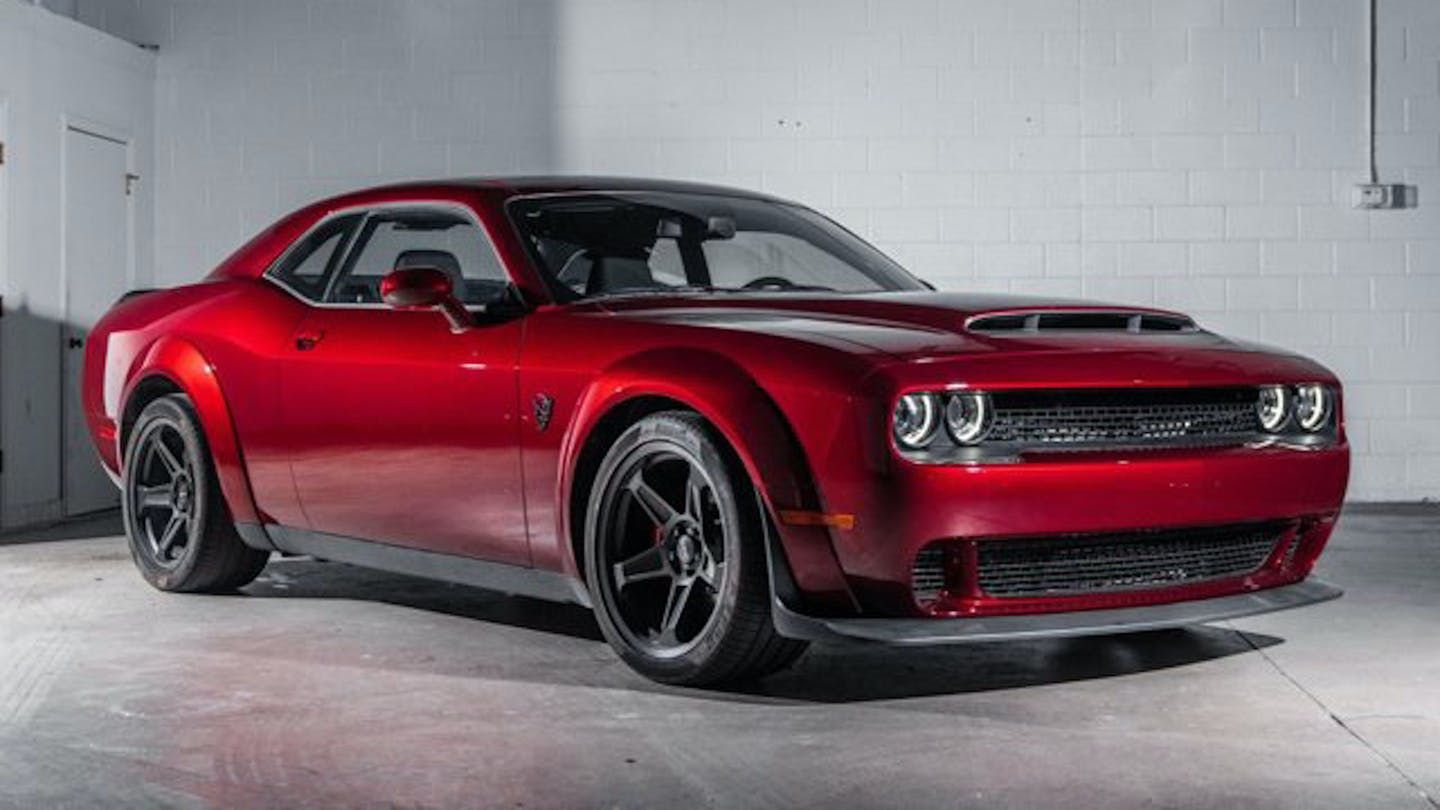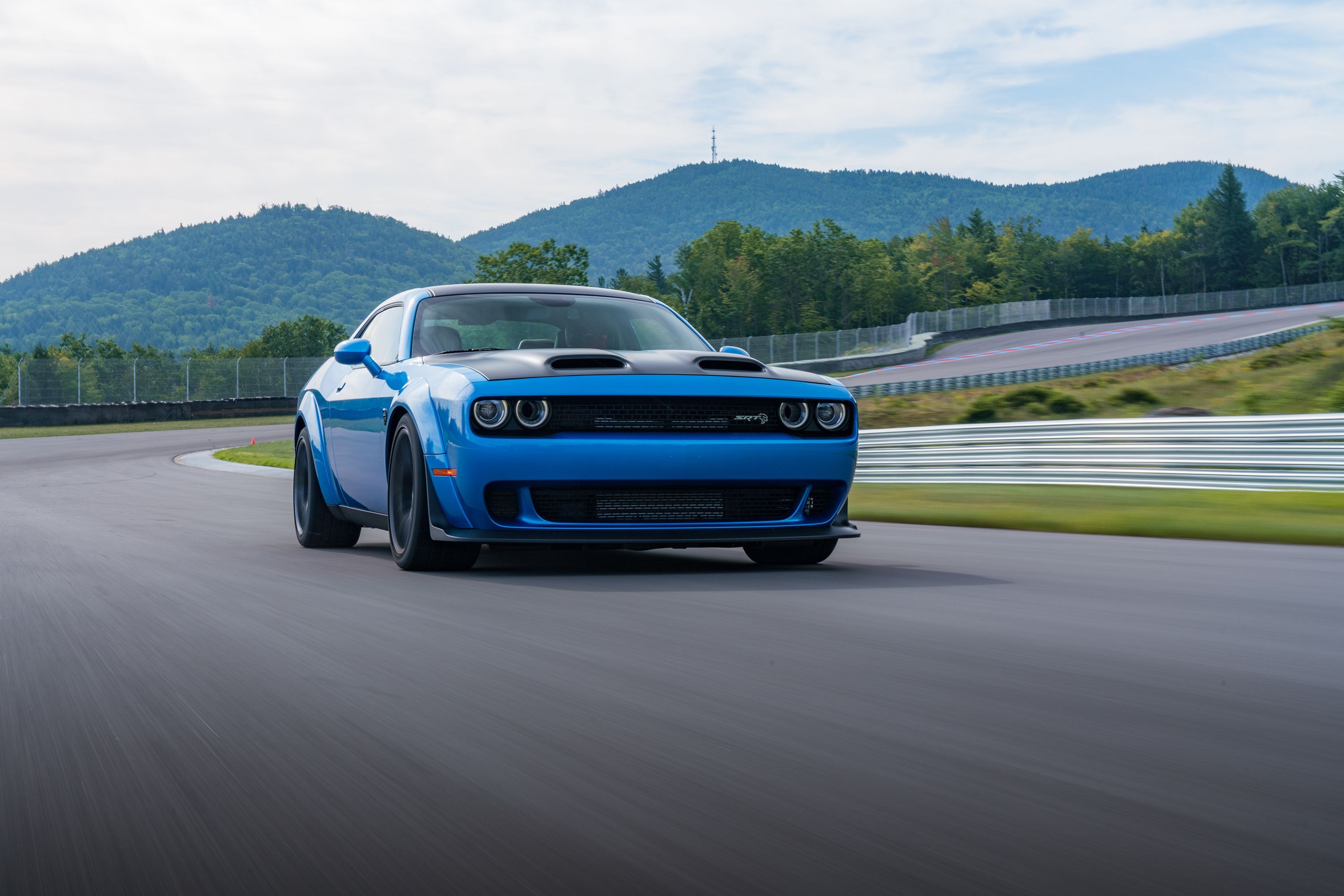So, you might be wondering what SRT is - what it stands for, where it originates in the automotive history of the world, and what prompted its creation. We are here to help solve these mysteries and give you some answers.
For some background info, Chrysler put manpower into developing the highest-powered and the highest-performing vehicles for many decades now, going back to the mid 20th century.
In the beginning, the company used various experts who were independent contractors to figure out new and innovative ways to get engines to provide the most power, utilizing new techniques and specs to turn regular engines into "super-powered" creations.
Throughout the next decades in the 1960s and 1970s, they came up with new techniques that were utilized to enhance drag racing capabilities. A larger base of fans continued to develop and prompted the rise of the competition in the market - the Dodge SRT, a model that surely made the list of the best Dodge performance cars. Dodge has produced various models, with the company producing 15 of the greatest SRT cars ever made.
Let's dive a little deeper into what SRT is and the origin story of the SRT brand...
5 The Origin
SRT stands for Street & Racing Technology, a high-performance automobile group that is within the Fiat Chrysler Automobiles company, an Italian-American corporation that is the world's eighth-largest automaker.
In 1989, Dodge brought a new type of car to the market of the time, premiering at the North American International Auto Show in Detroit. The Dodge Viper was born, and received critical acclaim, spurring the production almost immediately.
SRT first began as "Team Viper", created to develop the Dodge Viper, a supercar that was a division of the FCA US LLC from 1991-2007. At the same time, a team had been working on the Plymouth Prowler concept model, which was then later released in the 90s. Chrysler then decided to make a power move. Chrysler had "Team Viper" merge with "Team Prowler," creating the Plymouth Prowler, a retro-styled production car that was manufactured from 1997-2002 by Daimler Chrysler.
SRT then later became SVE, or Specialty Vehicle Engineering. The innovations of this unique company led to the Dodge Ram SRT 10 reveal at the 2002 auto show, highlighting the acceleration and performance of the Viper engine.
SVE was then changed to PVO, Performance Vehicle Operations from 2002-2004. Despite all of these name changes, the mission remained the same. They were in charge of experimenting with existing technology to find new ways to improve the already-used mechanical parts.
PVO was destined to use cutting edge ideas with already existing technology, creating a quick, agile, and powerful lineup of cars.
All PVO vehicles used the SRT brand, until the development team was officially renamed "SRT" in 2004. The SRT brand today produces vehicles for Chrysler, Jeep, and Dodge.
4 The Naming
The naming used in the SRT models indicates the vehicle's engine type, so that the cars can be properly classified. The number that follows the SRT designation denotes the number of engine cylinders, like the SRT8 or the SRT10 being used to denote the 8.3-liter V10 engine.
3 Dodge SRT
In 2014, Chrysler announced that the SRT will be merged back into the Dodge brand. Viper owners and aficionados around the nation rejoiced, seeing the supercar brand return to its original roots and take place among the lineup of Hellcats, Challengers, and Chargers - I mean, just look at the fastest SRT models currently.
2 Fastest SRT Models
Currently, the highest-performing and fastest SRT production models today are the 2018 Dodge Challenger Demon, with a quarter-mile time of 9.65 seconds, the Dodge Charger Hellcat with a time of 11 seconds, and the 2013 Dodge Viper with a time of 11.1 seconds.
The SRT models have changed over the years, as with any car. The Dodge Challenger SRT8 has been in production since 2008 and is the quintessential American muscle car. Featuring a masculine look that builds on the look from the first model in the 70s, the 2008 Challenger features a 6.1-liter HEMI V8 engine.
The regular Dodge Challenger SRT has been produced from 2015-present, with the SRT performance brand producing two versions of this model - the Challenger SRT and the Challenger SRT Hellcat. The Hellcat is the pinnacle of muscle cars, coming in with the most powerful V8 engine made by Chrysler.
In addition, the Dodge Challenger SRT Demon has been manufactured from 2017 until 2019, combining the looks of a drag racing car with a beefed-up engine, featuring a 6.2-liter HEMI that produced a whopping 840 horsepower.
1 2020 Dodge Challenger Hellcat
If you have any doubt about the power of the SRT brand when merged with Dodge, just check out this Hellcat 2-door rear-wheel-drive coupe specs.
The base engine size is a whopping 6.2-liters, complete with the power of a punchy V8 engine. The acceleration for this car is a massive 717 horsepower, with 6,000 horsepower rpm.
The torque produced can reach upwards of 656 pounds per foot, with the torque rpm coming in at 4,800.

